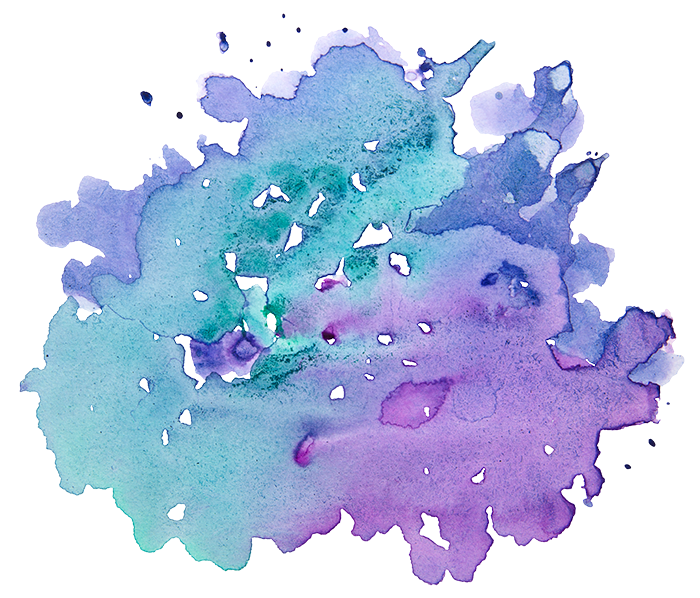by Leah Hart Tennen, Mikveh Guide
 When I was growing up, each of us lit our own menorah. There were five of us, so you can imagine how beautiful our table was with all of those candles. At some point in my young Jewish life, we started lighting some of our channukiyot by starting with one candle and adding one for each night, and some starting with eight candles and decreasing by one each night. I’m pretty sure we just thought it was a fun way to mix things up. In my family, we got grocery bags full of newspaper wrapped hotel soap and socks for Chanukah, so experimenting with candle lighting was right up our alley.
When I was growing up, each of us lit our own menorah. There were five of us, so you can imagine how beautiful our table was with all of those candles. At some point in my young Jewish life, we started lighting some of our channukiyot by starting with one candle and adding one for each night, and some starting with eight candles and decreasing by one each night. I’m pretty sure we just thought it was a fun way to mix things up. In my family, we got grocery bags full of newspaper wrapped hotel soap and socks for Chanukah, so experimenting with candle lighting was right up our alley.
Little did I know that we were the literal embodiment of a centuries-old debate between good old Hillel (light candles to mark the days passed) and good old Shammai (light candles to mark the days yet to come). These two wise scholars debated over many aspects of Jewish life, and this particular debate didn’t end with a resolution. The Talmud, the central text of Rabbinic Judaism tells us: “Elu v’elu divrei elohim chayim,” “These and also those are the words of the living God” and therefore both interpretations should be respected.
When I first learned this teaching, it was a reminder to me of all the places in my life where Judaism comes alive because there is a freedom to interpret, explore and experiment. Even though this is a longstanding part of our history, sometimes it’s easy to get stuck on doing things ‘the right way.’ I’ve always been grateful to my Jewish community in Boston, and in particular, places like Mayyim Hayyim, where the diversity of Jewish experience is really embraced and ancient ritual is renewed in so many ways.
Just recently, I received a beautiful channukiah from a dear friend. My husband’s first thought was, “Why do we need another one?” As far as I’m concerned, you can never have too much Judaica; but more importantly, we now have four channukiyot, one for each member of our family. On the first night of Chanukah, two of our channukiyot had one candle in addition to the shamash (helper); the other two had eight candles each.

My boys are a little too young to understand the dispute between Beit Hillel and Beit Shammai, but they are being raised in a home and within a larger Jewish community that sees ritual and tradition as an evolving and multi-faceted process. I’m looking forward to the day when I might watch them come up with their own interpretations of our most well-loved and well-disputed traditions.
Leah Hart Tennen is an extremely proud Mayyim Hayyim Mikveh Guide, Mikveh Educator and Ambassador. Ask her…she can talk about Mayyim Hayyim all day, and used to when she worked there full time! When not “gushing” (see what I did there?) about Mayyim Hayyim, Leah is the Academic Advisor for SocialWork@Simmons, the online Master of Social Work (MSW) program at Simmons College School of Social Work, where she is also on faculty. Leah lives in Winthrop with her husband, Eric, and their two boys, Lev & Eli.


Diane
Love the perspective…